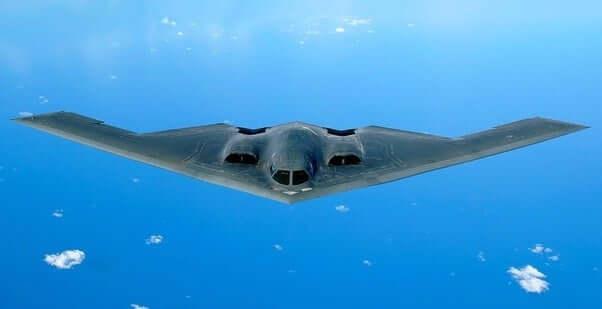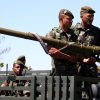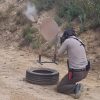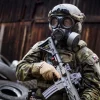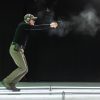In what is now considered the deadliest U.S. airstrike against the Houthi rebels to date, the Ras Isa oil terminal in western Yemen was obliterated in a powerful nighttime raid, leaving at least 74 people dead and more than 170 injured. The strike marks a turning point in Washington’s military campaign in the region and has sparked intense speculation within defense circles about the possible use of the GBU-57A/B Massive Ordnance Penetrator (MOP), commonly referred to as the “Father of All Bombs.”
Shortly after the strike, Houthi militants launched retaliatory missile attacks targeting Israel. Air raid sirens wailed across multiple Israeli cities in the early hours of Friday morning, though the Israel Defense Forces (IDF) reported no injuries or structural damage. Houthi leaders are expected to officially claim responsibility for the launch in the coming days.
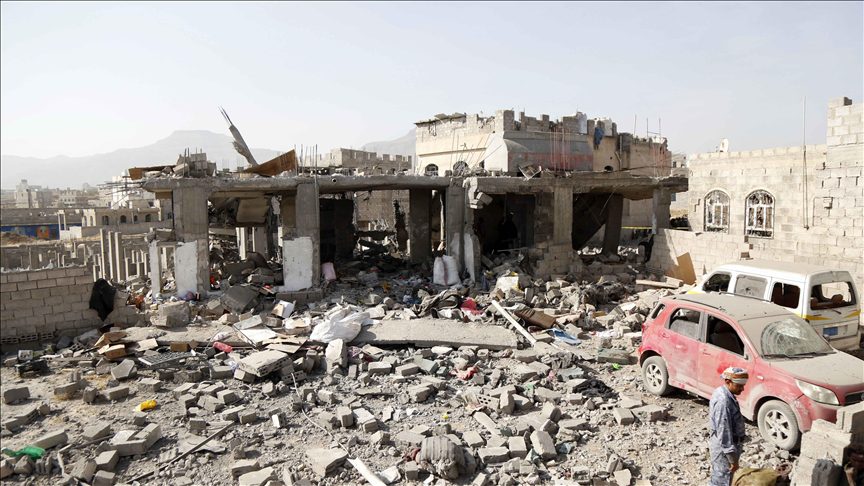
Scale of the Strike Raises Strategic Questions
According to Houthi Ministry of Health spokesperson Anis al-Asbahi, Thursday’s strike left 171 individuals wounded. Rescue operations are still underway at the devastated Ras Isa oil terminal, with emergency crews sifting through rubble in search of survivors.
Initial assessments suggest the U.S. strike involved a coordinated attack using unmanned aerial vehicles (UAVs) and anti-ship cruise missiles. These systems are likely aimed at both land-based infrastructure and naval targets, particularly vessels from the U.S. Navy’s Fifth Fleet patrolling the nearby Gulf waters. The IDF intercepted the Houthi retaliation, neutralizing the threat.
However, U.S. Central Command (CENTCOM) has remained tight-lipped about the exact ordnance used, refraining from confirming whether the GBU-57 MOP was deployed. This silence marks a shift from last year’s policy of transparency in the region and has drawn criticism from some defense analysts who warn that the lack of disclosure could erode public trust and strain alliances.
“U.S. forces took action to eliminate an Iranian-backed Houthi fuel source, depriving them of critical funding for terrorist operations,” said a CENTCOM statement. Officials emphasized that the goal was to dismantle the Houthis’ financial backbone by targeting key energy assets.
Was the ‘Father of All Bombs’ Deployed?
Although CENTCOM has not confirmed the munitions used, signs point to a high-likelihood of GBU-57A/B MOP involvement. Satellite imagery and flight patterns observed in the lead-up to the attack indicated B-2 Spirit stealth bombers—the only aircraft authorized to carry the 13.6-ton MOP—were forward-deployed to Diego Garcia, a key U.S. military base in the Indian Ocean.
The GBU-57 MOP is designed to destroy deeply buried and fortified targets. It can penetrate up to 200 feet (61 meters) of reinforced concrete, making it the world’s largest non-nuclear conventional weapon. Its potential deployment in Ras Isa would represent a significant escalation in military pressure on the Houthis and their Iranian sponsors.
Additionally, precision-guided bombs such as the BLU-109 may have been used in the operation. These 2,000-pound bunker-busters are optimized for penetrating hardened underground facilities and were previously used in U.S. strikes on Hezbollah targets. The USS Carl Vinson and USS Harry S. Truman—both Nimitz-class aircraft carriers—are currently operational in the region, potentially offering launch platforms for these munitions.
Operation Rough Rider: A Strategic Shift
The Ras Isa strike is a part of Operation Rough Rider, a new offensive that began on March 15. The operation aims to cripple the Houthis both militarily and economically by striking key infrastructure, particularly oil facilities that fuel and fund the group’s activities.
The Houthis have intensified attacks on commercial vessels in the Red Sea and Gulf of Aden since the start of the Israel-Gaza conflict in October 2023, threatening global trade flows. Nearly 15% of the world’s maritime traffic transits through these waters, prompting a firm response from Washington.
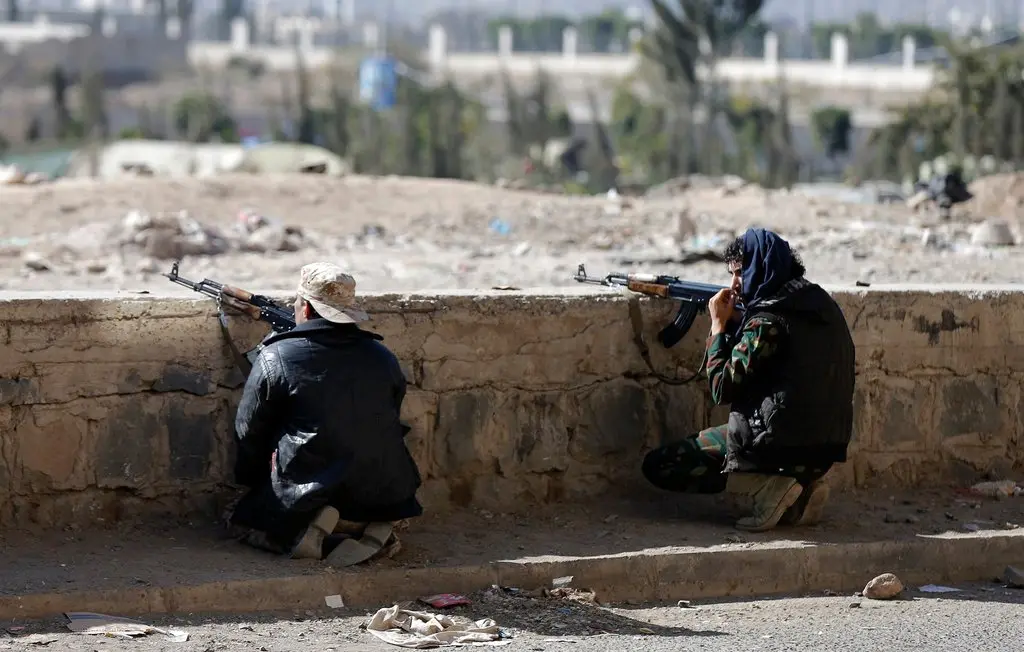
Over the past month, U.S. airstrikes on Yemen have escalated. One operation inadvertently made headlines when a journalist from The Atlantic was accidentally added to a Signal group chat between senior defense officials, exposing operational discussions and contributing to public scrutiny.
Strategic Signaling Before U.S.-Iran Talks
President Donald Trump has ordered what he described as “decisive and forceful military action” against the Houthis, threatening to “completely destroy” their operational capability. Analysts believe these strikes are not a prelude to full-scale war with Iran but are instead part of a calculated pressure campaign designed to gain leverage in upcoming nuclear negotiations.
The second round of U.S.-Iran talks on the nuclear program is scheduled for April 19 in Rome. The U.S. appears to be adopting a dual-track approach—employing hard power to compel Iranian concessions while continuing diplomatic outreach.
U.S. envoy Steve Witkoff and Iranian diplomat Abbas Araghchi are leading the charge to broker a new agreement to replace the 2015 Joint Comprehensive Plan of Action (JCPOA). The International Atomic Energy Agency (IAEA) recently warned that the talks are entering a “very critical phase,” urging both sides to commit to a deal that allows robust inspection and verification of Iran’s nuclear capabilities.
A Show of Force With Global Implications
The Ras Isa strike underscores a renewed willingness by the United States to use overwhelming force to secure strategic objectives. Whether or not the GBU-57 MOP was used, the psychological impact of such a strike—and the speculation surrounding it—sends a clear message: Washington is prepared to act decisively against those threatening global stability.
While the long-term success of this strategy remains to be seen, Operation Rough Rider has already demonstrated the United States’ capacity for precision, scale, and unpredictability. In an increasingly volatile region, such messaging may prove to be as critical as the bombs themselves.
